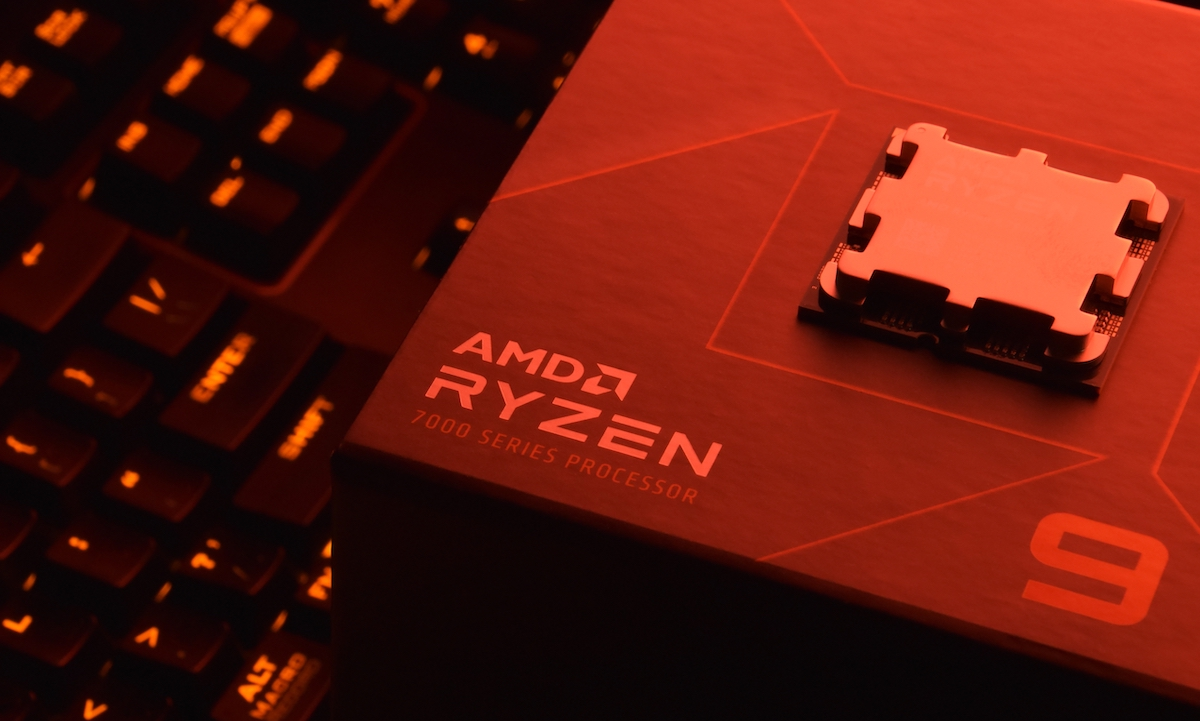
At this year’s Computex 2024, AMD has once again positioned itself at the forefront of technological innovation with the introduction of its new Ryzen AI series of Accelerated Processing Units (APUs). These units represent a significant leap forward, combining cutting-edge CPU and GPU capabilities with an advanced Neural Processing Unit (NPU), setting a new standard in the semiconductor industry.
The AMD Ryzen AI 300 series, particularly the Ryzen AI 9 HX 370, has demonstrated impressive results in preliminary benchmarking tests. Initially listed erroneously as the Ryzen AI 9 HX 170 with a Radeon 880M GPU, AMD swiftly corrected its naming convention to reflect the correct model and GPU specifications: the Ryzen AI 9 HX 370 with the Radeon 890M GPU.
Geekbench Performance Overview
Three significant Geekbench tests have brought to light the capabilities of the Ryzen AI 9 HX 370. Here’s a comparative analysis of its performance:
- Single-Core Performance: The APU scored 2,544, slightly behind the Ryzen 5 7600’s score of 2,739. This indicates competitive performance, albeit slightly lower in single-threaded tasks.
- Multi-Core Performance: With a score of 14,158, the Ryzen AI 9 HX 370 surpasses the Ryzen 5 7600, which scored 12,287. The APU’s 12 cores and 24 threads (double that of the Ryzen 5 7600) enable superior performance in multi-threaded applications.
Below is a detailed comparison of the Ryzen AI 9 HX 370 with its competitors and predecessors:
| Processor | Test Type | Single-Core Score | Multi-Core Score | GPU Score |
|---|---|---|---|---|
| Ryzen AI 9 HX 370 | Geekbench 6.3 | 2,544 | 14,158 | 41,995 |
| Ryzen 5 7600 | Geekbench 6.3 | 2,739 | 12,287 | N/A |
| Ryzen 9 8945HS | Previous Gen | N/A | Approx. 11,798 | N/A |
The OpenCL test showcases the Radeon 890M GPU’s formidable capability, scoring 41,995 points. This aligns closely with the performance levels of desktop-grade GPUs like Nvidia’s GTX 1650 Ti and the mobile RTX 2050, highlighting a nearly 40% improvement over the previous generation’s Radeon 780M.
Key Features and Technological Advancements
- Enhanced NPU Performance: The Ryzen AI 9 HX 370 features an NPU with an unprecedented number of TOPS (Tera Operations Per Second), enhancing AI-driven tasks significantly.
- Balanced CPU and GPU Enhancements: While maintaining robust CPU performance, the integrated GPU has seen substantial upgrades, pushing the boundaries of mobile computing graphics.
- Scalable Power Efficiency: The new APUs feature a dynamic TDP (Thermal Design Power) that can adjust from 15 watts to 54 watts, accommodating a wide range of performance and efficiency needs.
The launch of the Ryzen AI 300 series is not just a milestone for AMD but also a potential game-changer for the broader tech industry. As these APUs are set to hit the market in July 2024 alongside the anticipated Zen 5 desktop processors, both consumers and professionals are keenly watching.
AMD’s focus on integrating AI capabilities directly into their APUs could shift how applications are developed and run on mobile and desktop platforms, emphasizing machine learning and AI enhancements. The potential for these processors to outperform even the upcoming desktop CPUs suggests that AMD is not only catching up but possibly outpacing competitors in certain areas.
With the Ryzen AI 300 series, AMD continues to innovate and redefine the computing landscape. As these new APUs roll out, they promise to bring unprecedented power and efficiency to laptops and possibly influence future desktop and server market trends. The technological community eagerly anticipates the full deployment of these chips, ready to embrace the next generation of high-performance computing.
Related News:
Featured Image courtesy of PYMNTS.com
